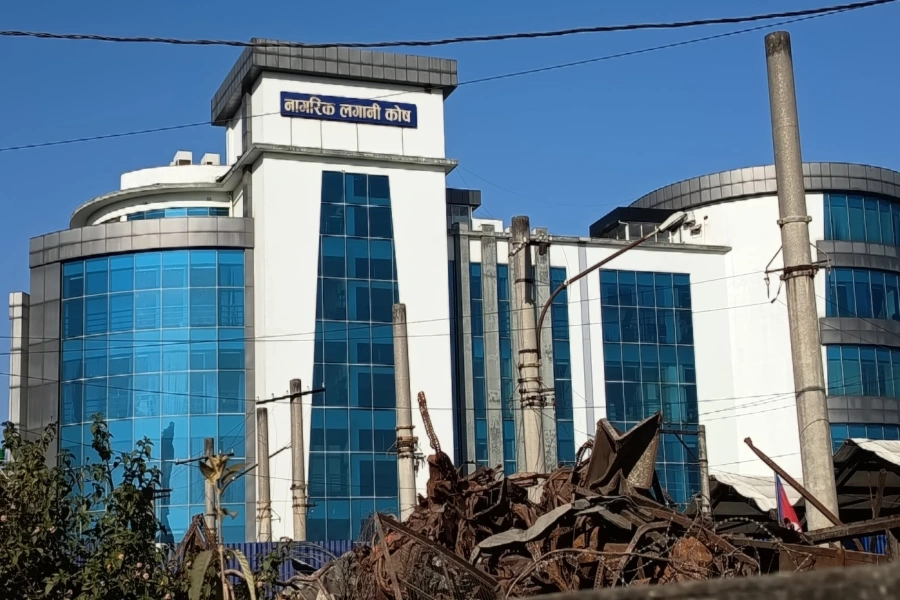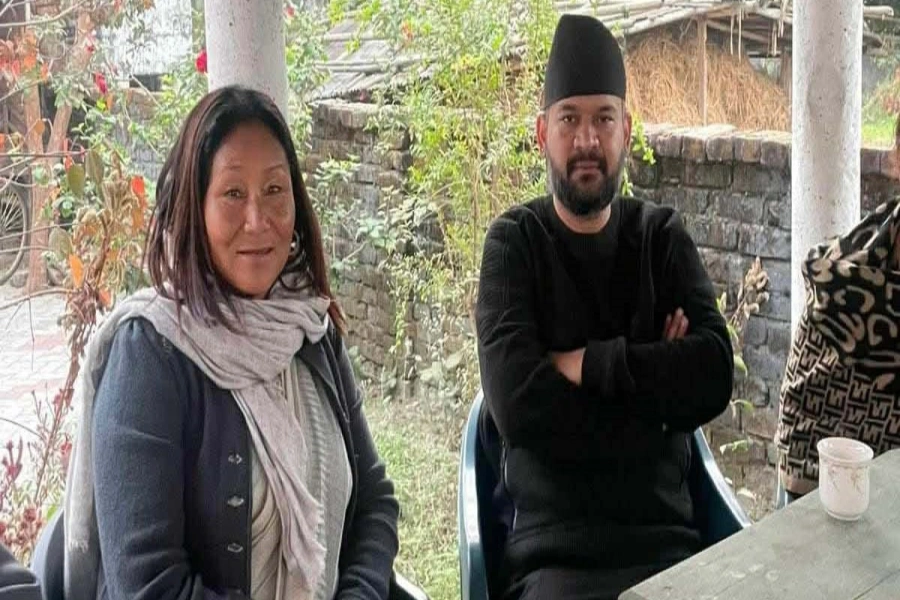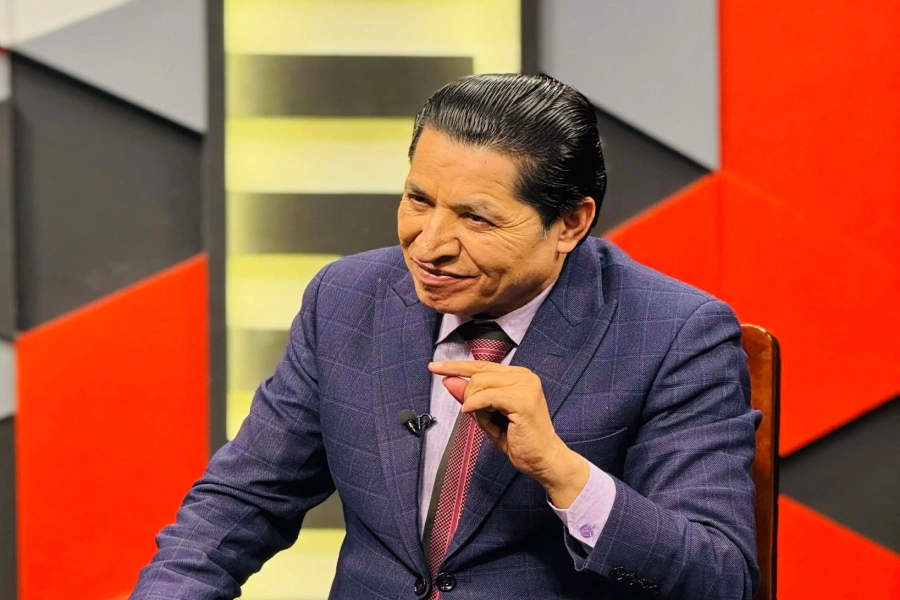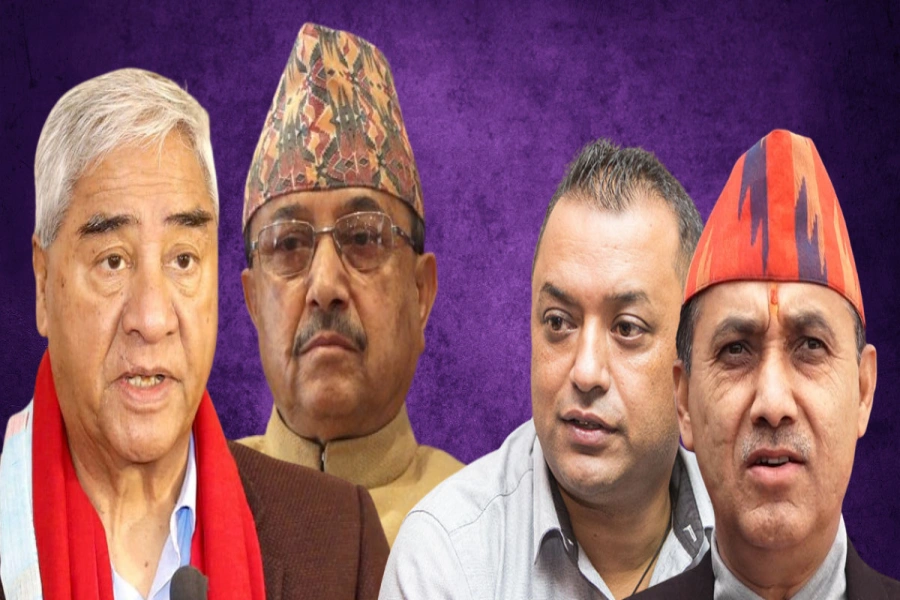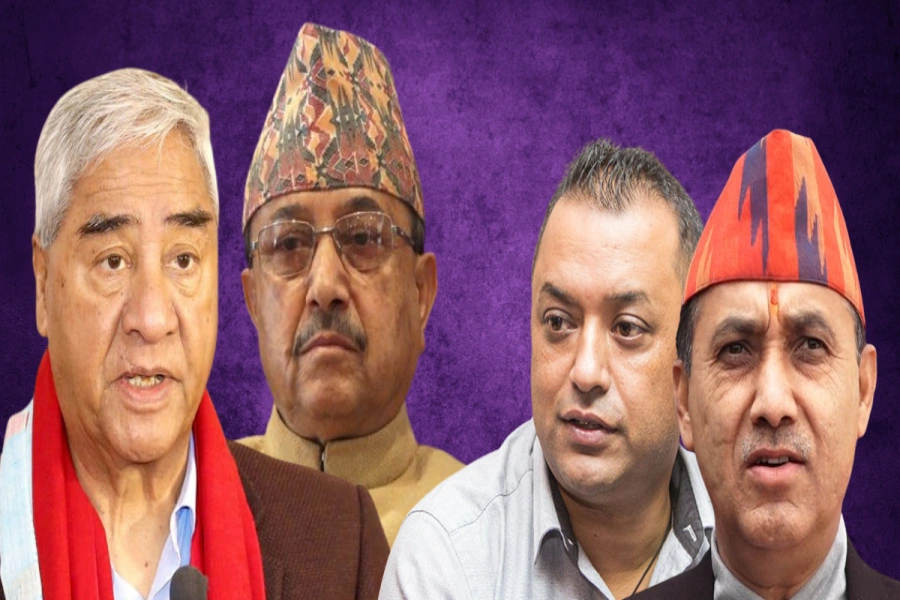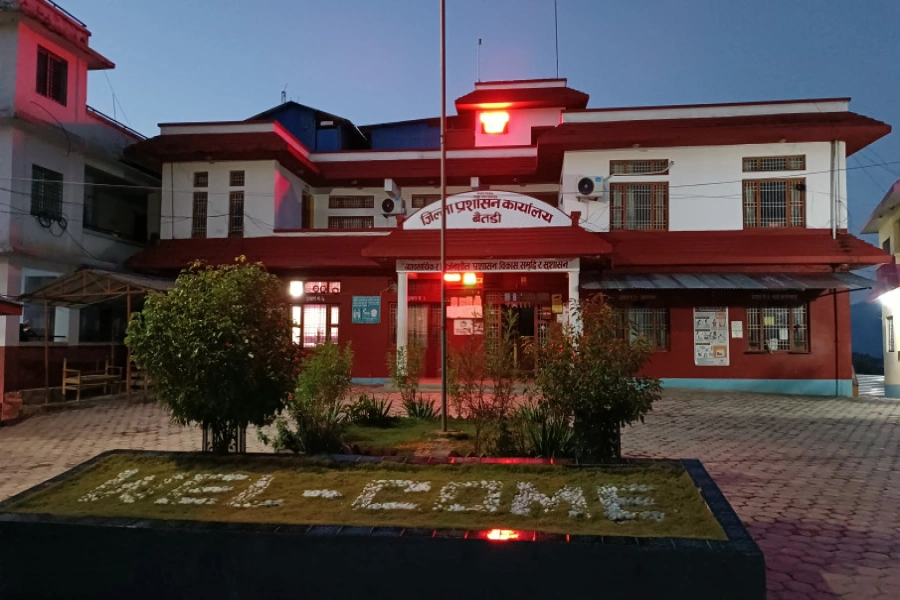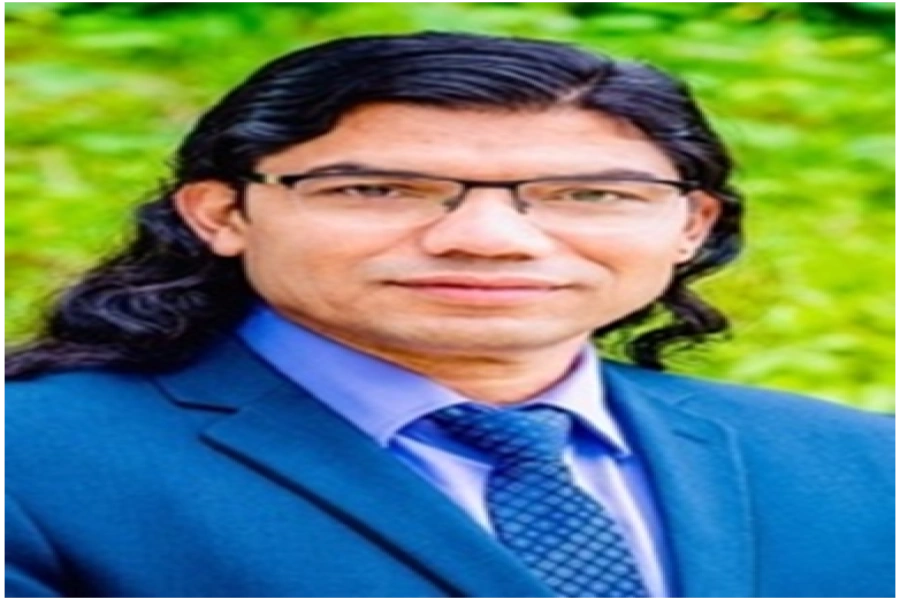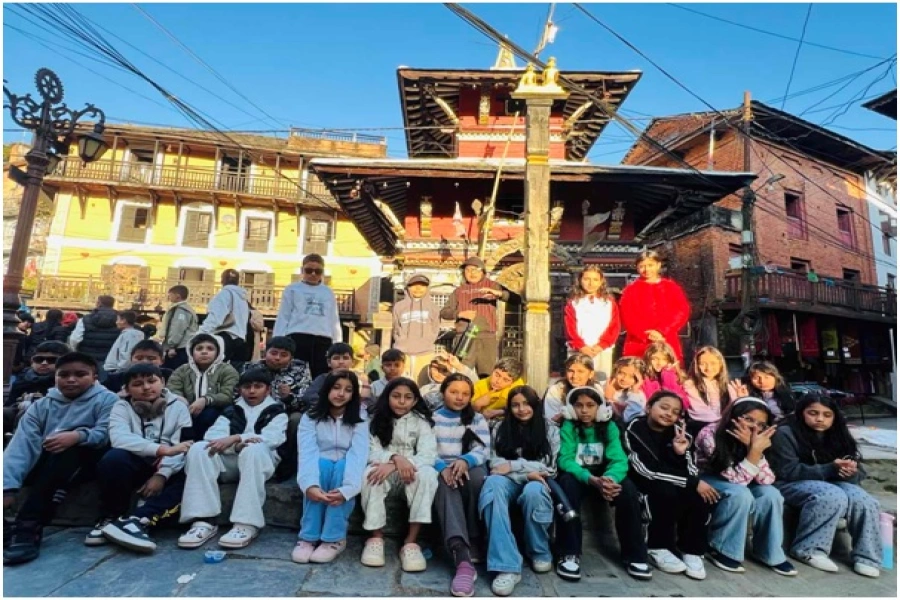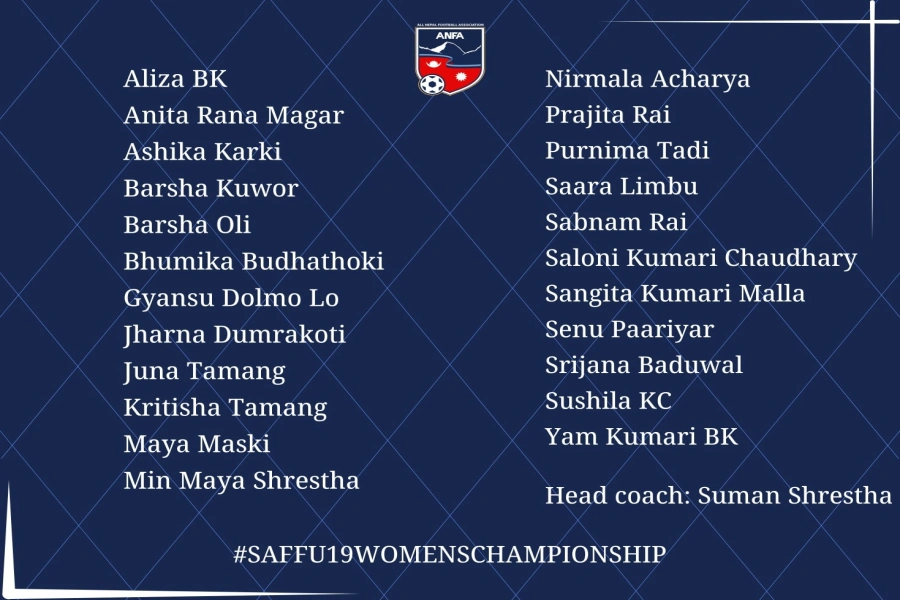Nepal has witnessed the utilization of various governance systems over the past 400 years. The historical context of Nepal's governance reveals a discrepancy between the rhetoric of inclusivity and the reality experienced by the majority of the population. Initially, the endeavor began with careful deliberation and noble intentions during the formative days of Nepal in Gorkha Rajya. However, over time, the original plan faced significant challenges that impeded its successful implementation, and these challenges worsened under the succeeding regimes. It is crucial to recognize that despite multiple attempts, none of the systems implemented thus far have been able to replicate the achievements witnessed during the formative years of Gorkha. Therefore, learning from Gorkha, it is imperative to envision a fresh governance model that is well-suited for the demands of the hyper-connected 21st century digital world.
Gorkha, a testament to resilience, was painstakingly constructed from the ground up, liberating itself from dysfunctional legacies and serving as a magnet for like-minded progressives and radicals from across the region. During that time, it not only transformed into an indomitable military force to be reckoned with but also emerged as a beacon of justice, drawing people from all corners of the region seeking fairness and equity. However, during the reign of Prince Bahadur Shah, Gorkha underwent a remarkable expansion. Nepal's boundaries once stretched from the Tista River in the East to Kangara across the Sutlej River in the West, from the confluence of the Ganga and Jamuna Rivers in the South to Shigatshe and Tashilhunpo Gomba (monastery) beyond the Himalayas in the North.
The strength of the Gorkhali regime, however, began to waver following the unjust removal of Prince Bahadur Shah from power after which the regime underwent drastic changes as those loyal to Shah were also sidelined. During the reign of the young King Rana Bahadur Shah, it became increasingly evident that the absence of proper guidance had a detrimental effect on his rule. This was particularly apparent as his competent uncle Prince Bahadur Shah and his loyal supporters had already been stripped of their power and influence. King Rana Bahadur Shah's unstable and unpopular behavior, coupled with the absence of adequate mentorship, led to significant consequences. Unfortunately, these circumstances propelled the trajectory of the kingdom down a darker path. The absence of guidance left the young king vulnerable to making choices that were detrimental to the stability and well-being of the realm. As a result, the repercussions of his reign took a toll on the kingdom and its people, setting the stage for a tumultuous period in history.
Consequently, the absence of adequate guidance during the reign of King Rana Bahadur Shah resulted in a continued decline in the people's respect and trust for the House of Gorkha. Although most of the kings who succeeded Rana Bahadur Shah had good intentions, it was often the people surrounding them who tainted their rule and contributed to the erosion of public trust.
In the context of the Gorkhali regime, we can consider a similar analogy to the "ship of Theseus." The Gorkhali regime, much like the "ship of Theseus," evolved through a series of transformations and as it expanded, faced leadership changes, and encountered cultural diversity, its identity and continuity were tested. Consequently, the concentration of benefits and privileges among a select few, primarily the elites and upper castes, served to exacerbate socio-economic disparities, ultimately stifling the original aspirations of the Gorkhali dream.
The resulting disparity in access and opportunities created a profound divide within society, paving the way for the emergence of the Rana oligarchy. As power became concentrated in the hands of a privileged few, the ideals of equality and inclusivity espoused by the early Gorkhali regime were lost, and the resulting socio-political landscape became marked by a stark imbalance and marginalization of the majority. The Ranas ruled the country with an iron grip, but they also implemented a number of excellent reforms.
LLRC fails to fix special, autonomous and protected regions

After the Rana regime was toppled after India gained independence from the British, democracy briefly thrived in Nepal before the introduction of the Panchayat system in 1960, which served as a reformed governance model. It emphasized "partyless democracy" and national unity, but faced criticism for limited political freedoms and participation. After King Mahendra's demise, the Panchayat system devolved into a form of "democratic autocracy." Widespread pro-democracy movements in 1990 spearheaded the historic overthrow of the Panchayat regime, marking the advent of a new era of multiparty democracy. The transition to multiparty democracy faced challenges, such as increased corruption and dysfunctions in bureaucracy. As a result, Nepal struggled to break free from its legacy of agrarian and feudal characteristics. Consequently, communism began to gain traction, eventually culminating in a decade-long insurgency spearheaded by the Maoists.
After the Maoist led uprising of 2006, the monarchy was overthrown in 2008, ushering in a period of rapid societal transformations and mass migration to urban areas in search of better opportunities. The delay in formulating a new constitution, coupled with the rise of the digital economy, resulted in Nepal becoming a neo-feudal society, concentrating wealth in bureaucracy, political parties, and cartels. The successive regimes in Nepal, including the Rana regime, Panchayat system, multiparty democracy with the King, and the Maoist era, have all endeavored to introduce significant reforms. However, despite their efforts, none of these regimes were able to propel Nepal to the new heights of prosperity it aspired to reach. As a result, the country is witnessing a descent into anarchy, leading to approximately 5,000 individuals seeking employment abroad, including in India.
Almost all of the political changes in Nepal primarily occurred due to the incompetence of the incumbent leaders and the extravagant promises made by the succeeding regimes. While the new regimes initially showed promise under strong leadership, the subsequent political systems failed to deliver on their initial promises, largely due to a centralized governance system. The centralized leadership model of governance has proven to be ineffective for Nepal. Hence, it is imperative to move away from the centralized leadership model and embrace the possibilities of embracing decentralized autonomous organizations (DAOs) empowered by the digital revolution.
The DAO is a management structure that utilizes blockchain technology to automate certain aspects of voting and transaction processing. The grand vision is that DAOs make it easier to create decentralized organizations that respect the interests of the stakeholders outside the control of any one party. DAOs can also automate many financial processes on blockchain platforms to ensure that stakeholders are compensated according to rules that everyone agrees to. Furthermore, DAOs excel in automatically facilitating shared votes based on specific levels of investment, support, or engagement, which is of significant importance. DAOs operate on a set of principles and mechanisms that enable decentralized decision-making and governance.
Smart Contracts: DAOs leverage blockchain technology and smart contracts as the underlying infrastructure. Smart contracts are self-executing contracts with the terms of the agreement directly written into the computer programming code. Nepal can leverage smart contracts to automate and streamline various processes, such as procurement, contract management, or even voting procedures as smart contracts ensure transparency, accountability, and efficiency by executing predefined rules encoded in the contract's computer programming code.
Tokenized Governance: DAOs often use tokens to represent ownership or membership rights within the organization. Token holders have the ability to participate in governance processes, such as voting on proposals or electing representatives. Nepal can introduce tokens that represent voting rights or ownership in specific initiatives or policies allowing citizens to participate in governance processes, such as voting on policy and budget proposals, electing representatives, and providing feedback on important matters.
Distributed Decision-Making: Instead of relying on a centralized authority, decision-making in a DAO is distributed among its members. Proposals and decisions are typically made through a voting mechanism, with each member's voting power proportional to their token holdings. Nepal can adopt distributed decision-making models where the decision-making authority is distributed among stakeholders. By involving a diverse range of participants, including citizens, experts, and relevant stakeholders, governments are able to ensure more inclusive and informed decision-making processes.
Proposal Submission and Voting: Any member of the DAO can submit a proposal for consideration. Proposals can range from changes to the organization's governance structure, resource allocation, or project funding. The DAO members then vote on these proposals, with voting periods and voting rules predetermined in the DAO's governance protocols. Nepal has the potential to establish platforms where citizens can submit proposals or initiatives for consideration, thereby encouraging active citizen engagement and empowering them to contribute their ideas, suggest improvements, or address issues directly that can be discussed in parliament. Furthermore, voting mechanisms can be implemented to prioritize and select proposals, enabling citizens to have a voice in shaping government initiatives instead of the parliamentarians.
Transparency and Auditability: DAOs emphasize transparency by storing transaction records and voting outcomes on the blockchain, which can be publicly accessed and audited. This ensures accountability and reduces the risk of fraud or manipulation. Nepal can enhance transparency and accountability by leveraging blockchain technology to store transaction records, voting outcomes, and other relevant data to reduce fraud, manipulation, and corruption as the records are publicly accessible and auditable.
Autonomy and Code Governance: DAOs aim to operate based on predefined rules and computer code, minimizing reliance on human intermediaries and the code governing the DAO's operations is typically open-source, allowing community members to review, propose improvements, and contribute to the development of the DAO's infrastructure. Nepal can explore autonomous operations by utilizing smart contracts to automate certain functions and streamline processes e.g.autonomous budget allocation.
Decentralized Operations: DAOs can manage funds and execute actions autonomously through smart contracts, removing the need for traditional intermediaries or central authorities. For example, funds may be released automatically based on predefined conditions or milestones. Nepal can establish DAOs to manage public funds in a decentralized manner as smart contracts can be programmed to automatically release funds based on predefined conditions, ensuring transparency and reducing the need for manual intervention.
Community Engagement: DAOs foster community engagement and participation through forums, discussion platforms, and other channels. Community members can contribute their expertise, propose new initiatives, or collaborate on the existing projects within the DAO ecosystem. Nepal can establish digital platforms or communities that foster engagement and collaboration with citizens enabling them to contribute their expertise, propose ideas, and collaborate on policy development, enhancing the collective intelligence and effectiveness of governance.
Simply put, DAOs enable decentralized decision-making, reduce reliance on central authorities, and promote transparency and inclusivity in organizational governance. The specific functions and features of a DAO can vary depending on its purpose, design, and the underlying blockchain technology used. Therefore, it is necessary to start thinking about replacing political parties, parliament, bureaucracy, cooperatives, and other organizations with central leaderships with DAOs.
More importantly, DAOs have the potential to greatly facilitate direct democracy. By leveraging blockchain technology and decentralized decision-making, DAOs can enable individuals to participate directly in governance processes, bypassing traditional intermediaries allowing more inclusive, transparent, and accountable democratic practices, where citizens can actively contribute to decision-making, propose initiatives, and vote on issues that directly impact their lives. Above all, DAOs have the capacity to empower individuals and foster a more direct and participatory form of democracy. As technology continues to advance, particularly with the development of AI, we are approaching a future where we might not need central leadership to guide organizations. This may no longer be as distant as it seems.
The responsibility to redefine governance and lead our nation towards a Decentralized Autonomous Nepal lies in the hands of the young generation. It is through their vision and efforts that we can amalgamate the forces of Artificial Intelligence (AI), cryptocurrency, blockchain technology, direct democracy, and the Metaverse. This dynamic fusion has the potential to reshape our society, ushering in an era of decentralized decision-making, innovative financial systems, transparent and secure data management, inclusive democratic processes, and immersive digital experiences. Embracing this convergence of technologies empowers us to forge a path towards a progressive and future-ready Nepal.




